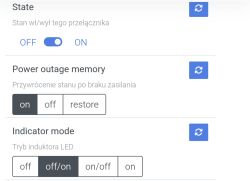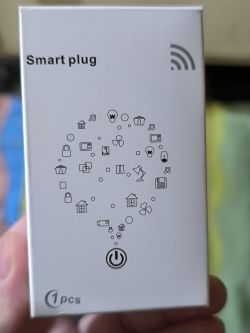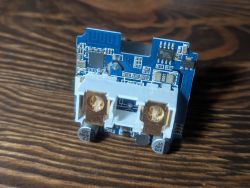Welcome,
I bought my first Zigbee socket, taking advantage of the fact that there were promotions on Ali, it came out to about 10,50zł.
Exactly at this seller: https://pl.aliexpress.com/item/1005007256414108.html
Today it came to me with the rest of the shpeju and I would not be myself if I did not start by taking it apart and see what is inside. And it is well... judge for yourself:
- a protective cable from the "pin":
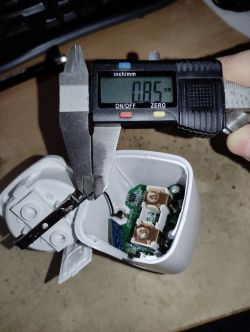 .
.
- capacitor(s) on the low voltage side 470uF/10V:
 .
.
- where is the stabiliser from 5V to 3.3V?
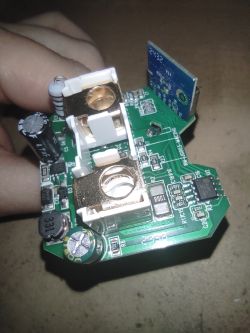
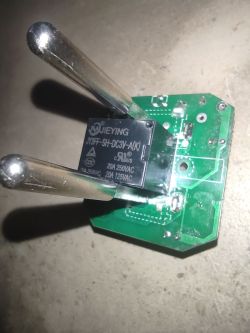 .
.
And it doesn't. It is likely that the BP2525 inverter chip is set to 3.3V mode. And the relay itself is on 3V instead of 5V.
- The Zigbee module itself is also quite mysterious:
 .
.
- Only the BL0937 chip from energy measurement standard:
 .
.
When I saw this my first thought was, this cannot work well and.... I was right. After adding it to Zigbee2Mqtt and displaying the model description, it turned out:
- a lot of people report that the socket automatically shuts down
- the socket doesn't automatically report indications of voltage, current, that's why they did a polling every 60s (default, you can change this time or turn it off completely)
More here: https://www.zigbee2mqtt.io/devices/TS011F_plug_3.html
I took a quick measurement with a wattmeter, the switched off socket draws about 0.1W, while the switched on one draws 0.7W. Something a lot this 3V relay draws.
I'll now leave the socket on for a couple of days and see if it switches itself off. I think these switch-off problems, if they occur, are from an unstable power supply.
EDIT:
I'm also throwing in a photo of the thermal imaging about 40min after switching it on. There is no tragedy.
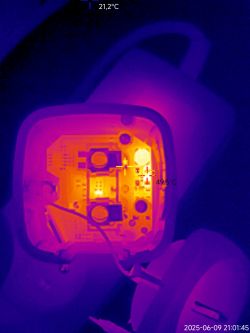 .
.
I bought my first Zigbee socket, taking advantage of the fact that there were promotions on Ali, it came out to about 10,50zł.
Exactly at this seller: https://pl.aliexpress.com/item/1005007256414108.html
Today it came to me with the rest of the shpeju and I would not be myself if I did not start by taking it apart and see what is inside. And it is well... judge for yourself:
- a protective cable from the "pin":
 .
.
- capacitor(s) on the low voltage side 470uF/10V:
 .
.
- where is the stabiliser from 5V to 3.3V?

 .
.
And it doesn't. It is likely that the BP2525 inverter chip is set to 3.3V mode. And the relay itself is on 3V instead of 5V.
- The Zigbee module itself is also quite mysterious:
 .
.
- Only the BL0937 chip from energy measurement standard:
 .
.
When I saw this my first thought was, this cannot work well and.... I was right. After adding it to Zigbee2Mqtt and displaying the model description, it turned out:
- a lot of people report that the socket automatically shuts down
- the socket doesn't automatically report indications of voltage, current, that's why they did a polling every 60s (default, you can change this time or turn it off completely)
More here: https://www.zigbee2mqtt.io/devices/TS011F_plug_3.html
I took a quick measurement with a wattmeter, the switched off socket draws about 0.1W, while the switched on one draws 0.7W. Something a lot this 3V relay draws.
I'll now leave the socket on for a couple of days and see if it switches itself off. I think these switch-off problems, if they occur, are from an unstable power supply.
EDIT:
I'm also throwing in a photo of the thermal imaging about 40min after switching it on. There is no tragedy.
 .
.
Cool? Ranking DIY






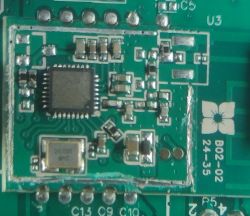

![[ZIGBEE] 20A Zigbee socket with energy metering (Tuya TS011F_plug_3) [ZIGBEE] 20A Zigbee socket with energy metering (Tuya TS011F_plug_3)](https://obrazki.elektroda.pl/6511731300_1749836609_thumb.jpg)
